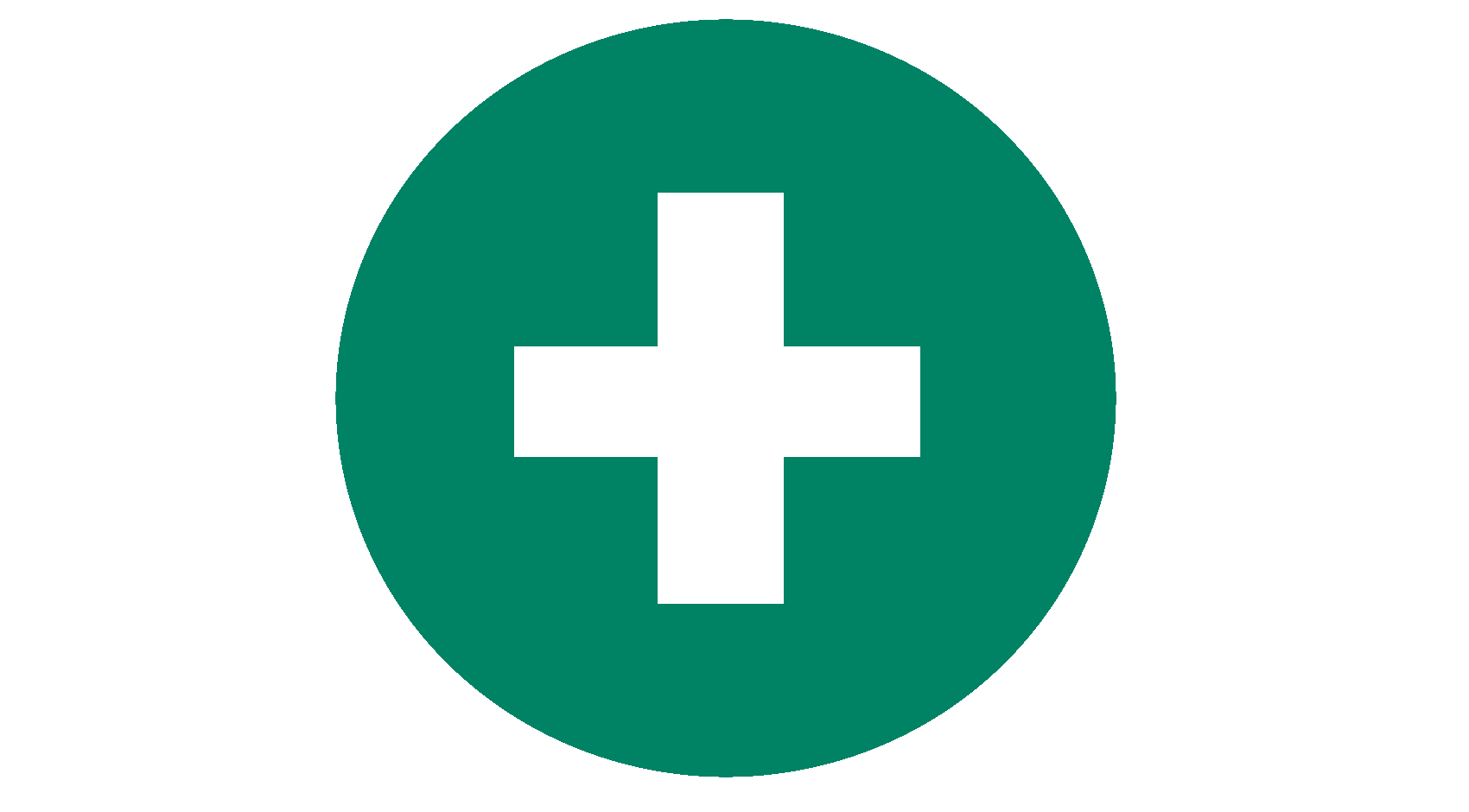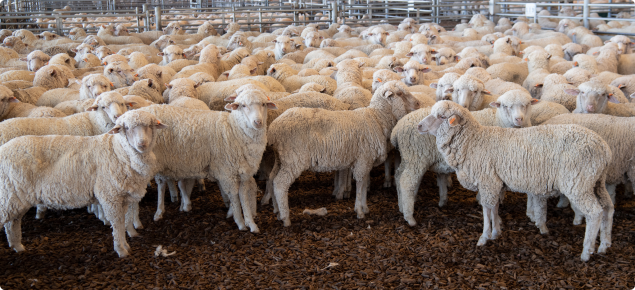Background
The implementation of the Standards and Guidelines in Western Australia has been made possible by amendments to the Animal Welfare Act 2002 (the Act), which were passed in November 2018. Before this, WA did not have the ability to enforce the Standards and Guidelines.
The Standards and Guidelines promote humane treatment of livestock, set a minimum industry standard, and inform all people responsible for the care and management of livestock about their responsibilities. In the development of the Standards and Guidelines, current scientific knowledge, recommended industry practice and community expectations were all considered.
Currently, there are four endorsed Standards and Guidelines for livestock:
In April 2019, Standards and Guidelines were endorsed for Exhibited Animals (zoos, etc).
Animal Welfare (Livestock) Regulations 2019
The Animal Welfare (Livestock) Regulations 2019 (Livestock Regulations) address two sets of Animal Welfare Standards and Guidelines:
- the Land Transport Standards
- the Saleyards and Depots Standards.
The overall goal of the Livestock Regulations is to give legal effect to the mandatory technical requirements in the Standards and Guidelines in a manner that is appropriate to Western Australia’s legal framework.
The Livestock Regulations apply only to sheep and cattle.
Consultation on the Livestock Regulations
The Department of Primary Industries and Regional Development released the draft Livestock Regulations for public consultation on 17 December 2019. This consultation closed on 28 February 2020.
The department sought feedback on:
- The implementation of the Australian Animal Welfare Standards and Guidelines – Land Transport of Livestock (Land Transport Standards) and the Australian Animal Welfare Standards and Guidelines – Livestock at Saleyards and Depots (Saleyards and Depots Standards) by the Livestock Regulations.
- A proposed infringement notice scheme for enforcing the Livestock Regulations, to be introduced by amendments to the Animal Welfare (General) Regulations 2003 (General Regulations).
- The adoption of the Land Transport Standards, and the Saleyards and Depots Standards, (collectively referred to as the Standards and Guidelines), as codes of practice for the purposes of the Animal Welfare Act 2002 through amendments to the General Regulations.
Written submissions and Consultation Report
The department received 14 written submissions, including submissions from the Kimberley Pilbara Cattlemen’s Association; the Livestock and Rural Transport Association of Western Australia; the Australian Cattle Veterinarians; the Hon. Alison Xamon MLC; the Royal Society for the Prevention of Cruelty to Animals Western Australia (RSPCA); Animals’ Angels; Animals Australia; and from some members of the community.
The department also received 15 responses to an online survey, in which:
- Fourteen respondents supported the regulation of the Standards and Guidelines
- Eleven respondents said they believe the welfare of livestock animals is “very important” to Western Australians
- Twelve respondents said that the proposed infringement notice (modified) penalties were appropriate; others said they should be higher.
Written submissions are available on this page. One respondent preferred to remain anonymous.
A Consultation Report was prepared that considers the issues raised by respondents according to the following themes:
- General comments on the implementation of the Standards and Guidelines as regulations
- Responsibilities of persons involved in livestock transport and sale
- Provisions relating to fitness of livestock for transport or sale
- General welfare provisions
- Adoption of the Standards and Guidelines as a Code of Practice
- Defences to breaches of the regulations
- The proposed infringement notice scheme.
Next steps
The department thanks everybody who participated in this process. We appreciate your feedback and will take it into account in finalising the Livestock Regulations. We do not anticipate making major changes to the draft Livestock Regulations but some of the issues identified by stakeholders are the subject of more detailed consideration that may result in some changes to the regulations.
These include:
- a number of definitions including heat stress and cold stress, ‘emaciated’ and livestock handling facility
- ensuring the regulations relating to transport apply to live export depots
- clarifying the operation of the prescribed conditions that relate to the loading and sale of livestock.
Implementation of the Livestock Regulations will initially focus on education and raising awareness of legal requirements and guidelines. After an introductory period (expected to be four to six months), the Livestock Regulations will be enforced via the use of infringement notices or prosecution in the courts. During the introductory period and subsequently, cruelty to animals (as defined in Part 3 of the Act) will continue to be dealt with in accordance with current practice, which is by prosecution in the courts.
The Animal Welfare (Livestock) Regulations 2019 has been renamed as the Animal Welfare (Transport, Saleyards and Depots) (Cattle and Sheep) Regulations 2020.
Due to the COVID-19 crisis, the implementation of the Livestock Regulations is likely to be delayed. The department will provide an update when the situation is clearer.
Additional sets of regulations
The next step is to prepare regulations based on the Standards and Guidelines for Cattle and Sheep (these relate to on-farm management). Subsequently or in parallel, the department will start work on regulations dealing with transport and saleyards in relation to livestock other than cattle and sheep.


